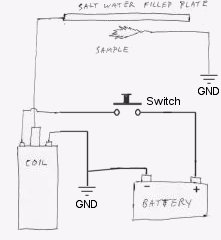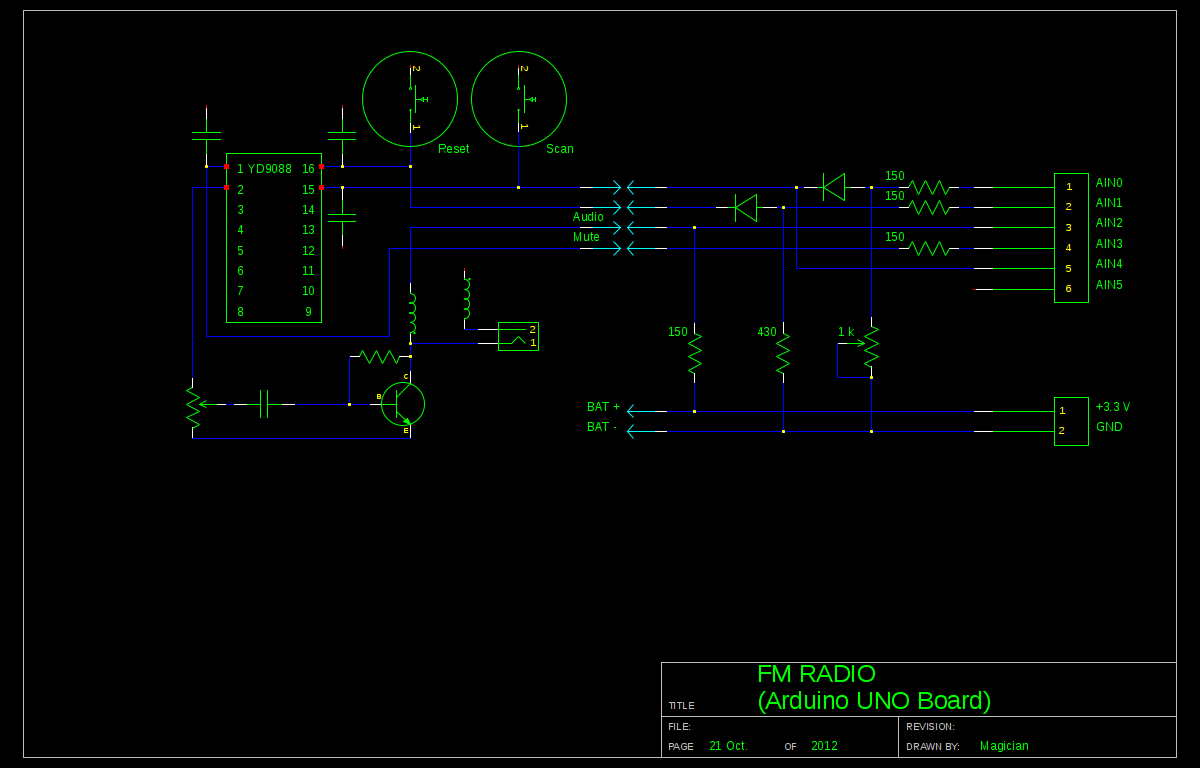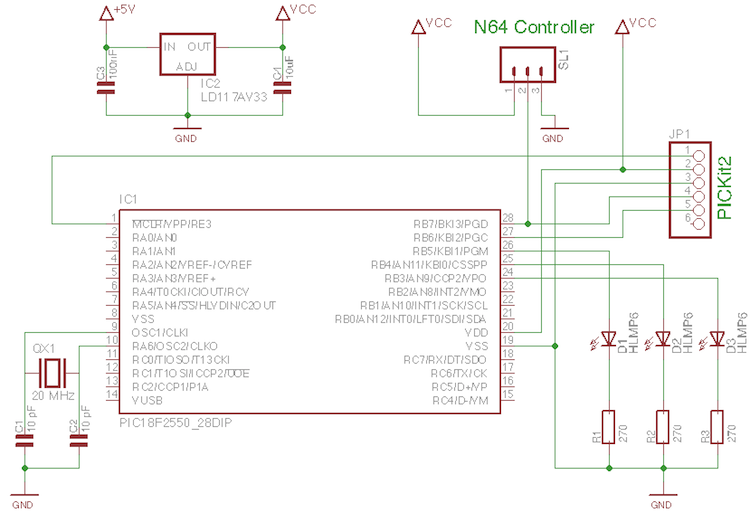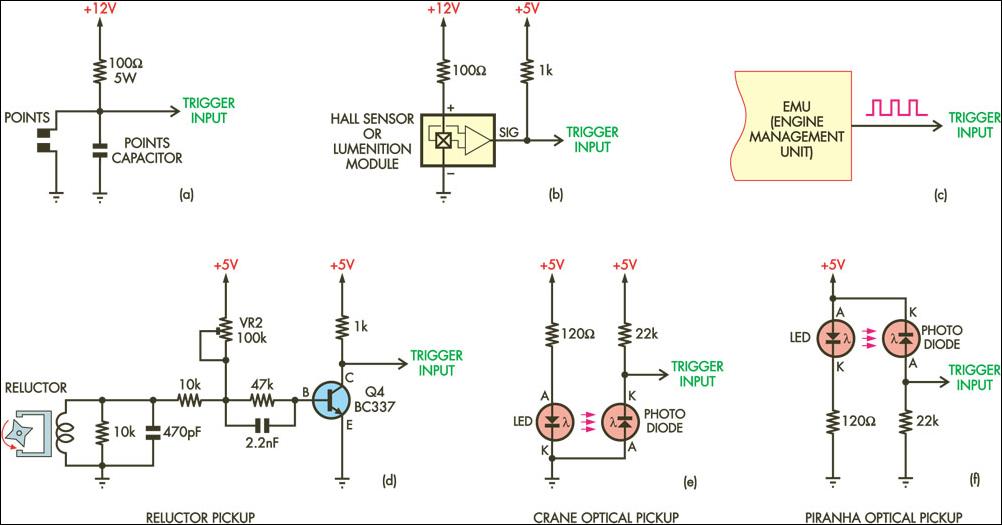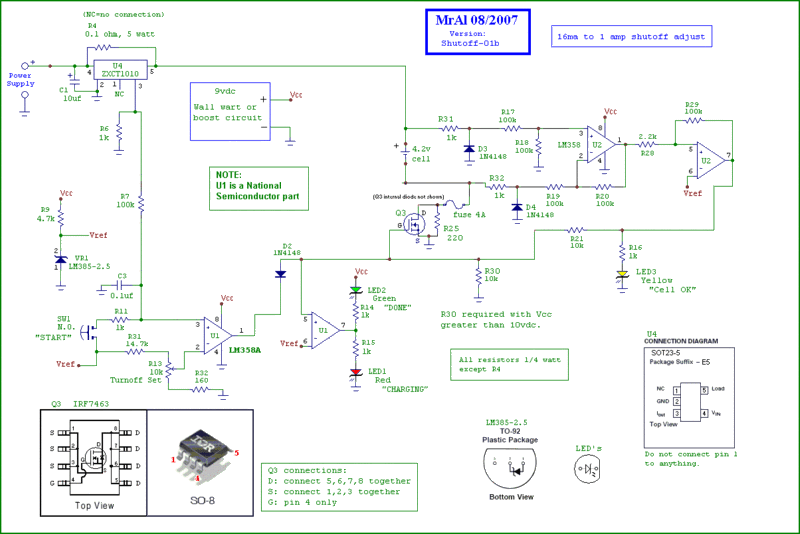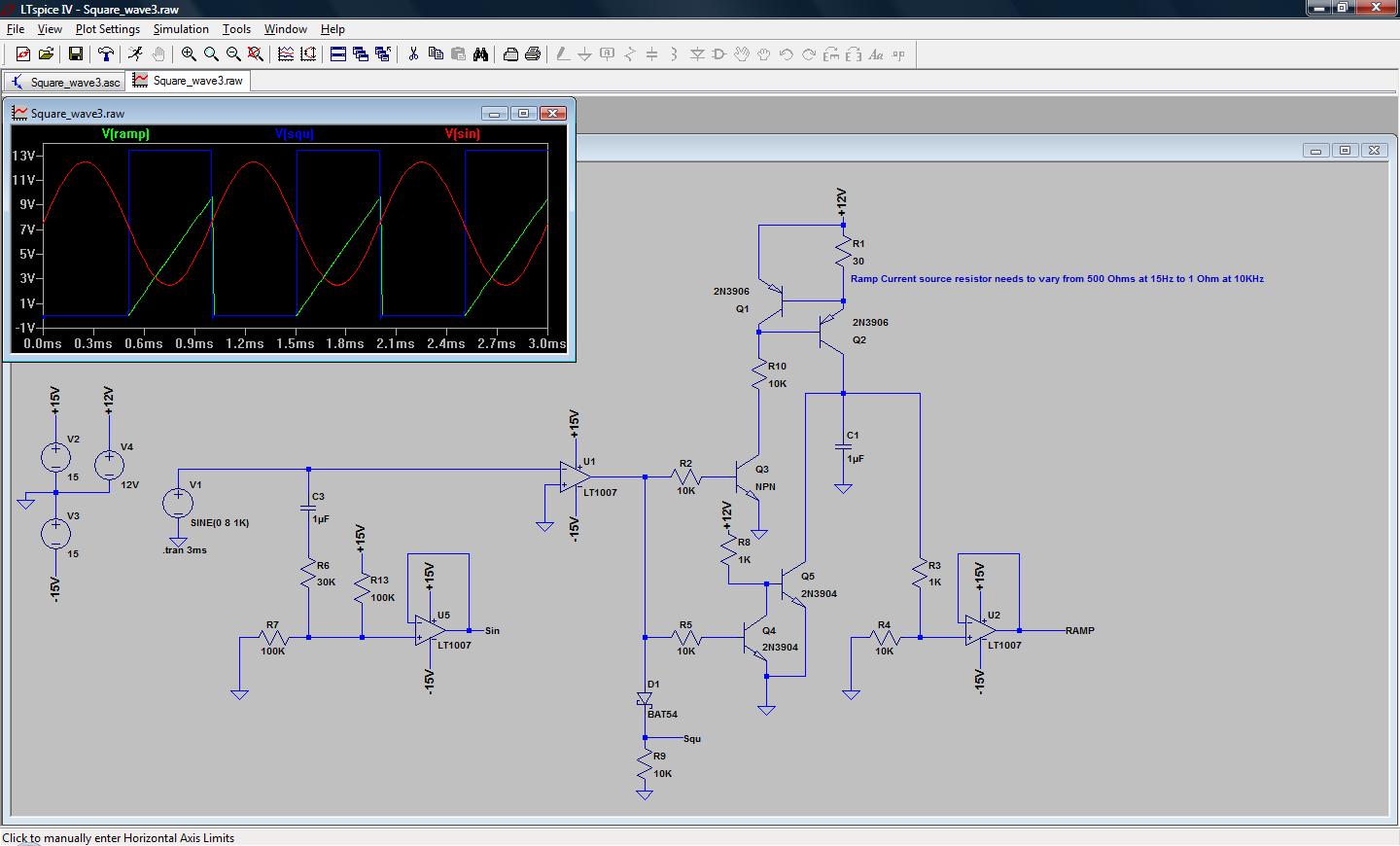
DIY RumblePak for Nintendo DS Lite
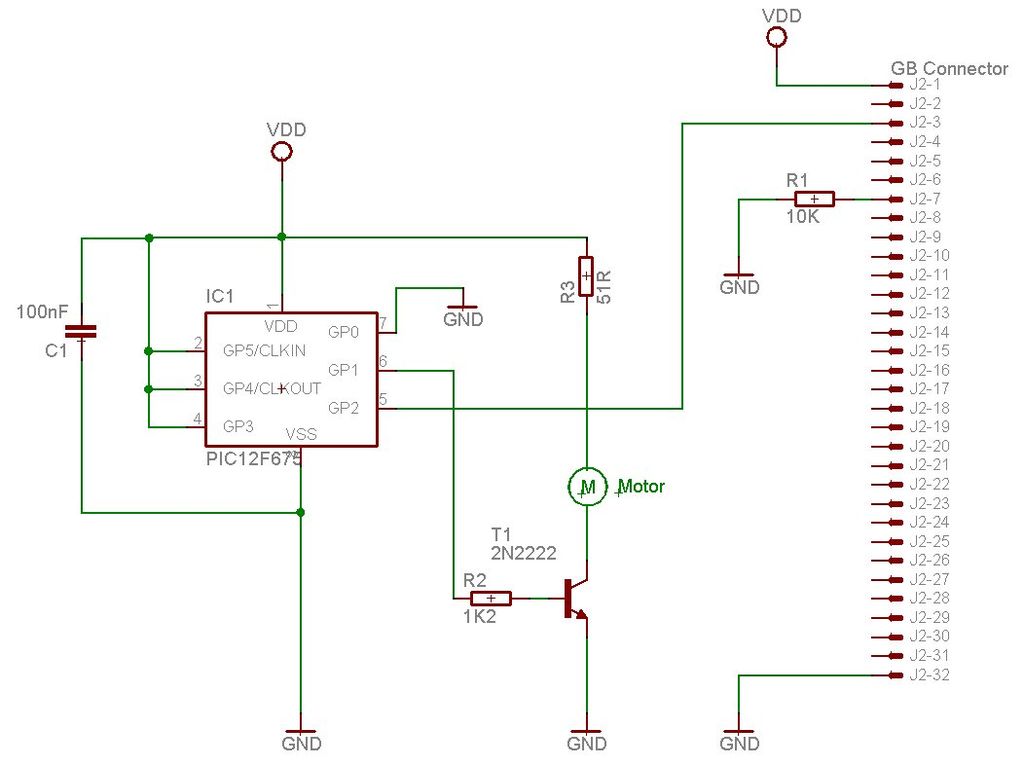
A simple pulse stretcher, such as the 74HC123, could have been utilized; however, due to unavailability, a PIC microcontroller was employed instead.
The circuit employs a PIC microcontroller to function as a pulse stretcher, which is typically used to extend the duration of a pulse signal. In this application, the microcontroller is programmed to receive a short input pulse and generate a longer output pulse. This functionality is critical in various applications where signal timing needs to be adjusted for proper synchronization or processing.
The configuration involves connecting the input pulse to one of the digital input pins of the PIC microcontroller. The microcontroller is programmed to detect the rising edge of the input pulse. Upon detection, it triggers a timer or delay function within the firmware, which determines the duration of the output pulse. The output is then sent from a designated output pin of the PIC microcontroller.
Key components of this design include the PIC microcontroller, a power supply for the microcontroller, and necessary passive components such as resistors and capacitors for signal conditioning and stabilization. Additionally, the firmware must include a debounce routine if the input signal is noisy, ensuring that only valid pulses are processed.
This approach provides flexibility in pulse stretching, allowing for adjustments in pulse width through software modifications, which is not possible with fixed-function devices like the 74HC123. The use of a microcontroller also opens up possibilities for further enhancements, such as incorporating additional logic for pulse shaping or integrating with other digital systems.As mentioned before, a simple pulse stretcher like a 74HC123 could have been used, but I didn`t have one so I used a PIC instead I was going to dr.. 🔗 External reference
The circuit employs a PIC microcontroller to function as a pulse stretcher, which is typically used to extend the duration of a pulse signal. In this application, the microcontroller is programmed to receive a short input pulse and generate a longer output pulse. This functionality is critical in various applications where signal timing needs to be adjusted for proper synchronization or processing.
The configuration involves connecting the input pulse to one of the digital input pins of the PIC microcontroller. The microcontroller is programmed to detect the rising edge of the input pulse. Upon detection, it triggers a timer or delay function within the firmware, which determines the duration of the output pulse. The output is then sent from a designated output pin of the PIC microcontroller.
Key components of this design include the PIC microcontroller, a power supply for the microcontroller, and necessary passive components such as resistors and capacitors for signal conditioning and stabilization. Additionally, the firmware must include a debounce routine if the input signal is noisy, ensuring that only valid pulses are processed.
This approach provides flexibility in pulse stretching, allowing for adjustments in pulse width through software modifications, which is not possible with fixed-function devices like the 74HC123. The use of a microcontroller also opens up possibilities for further enhancements, such as incorporating additional logic for pulse shaping or integrating with other digital systems.As mentioned before, a simple pulse stretcher like a 74HC123 could have been used, but I didn`t have one so I used a PIC instead I was going to dr.. 🔗 External reference
